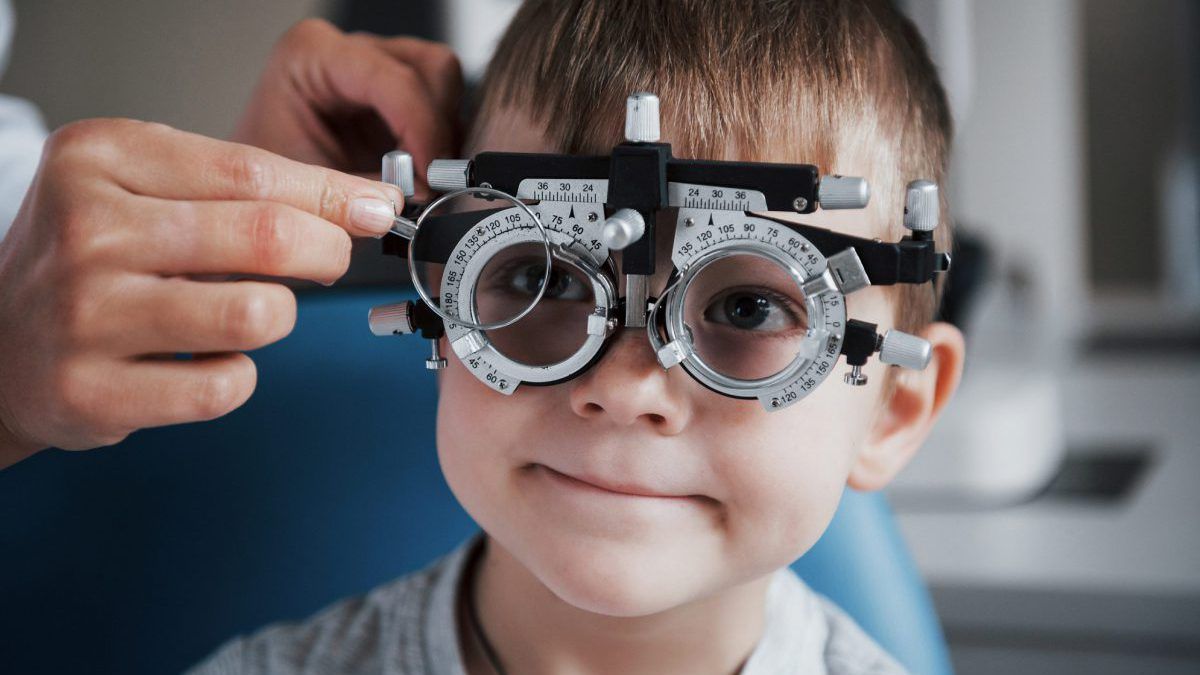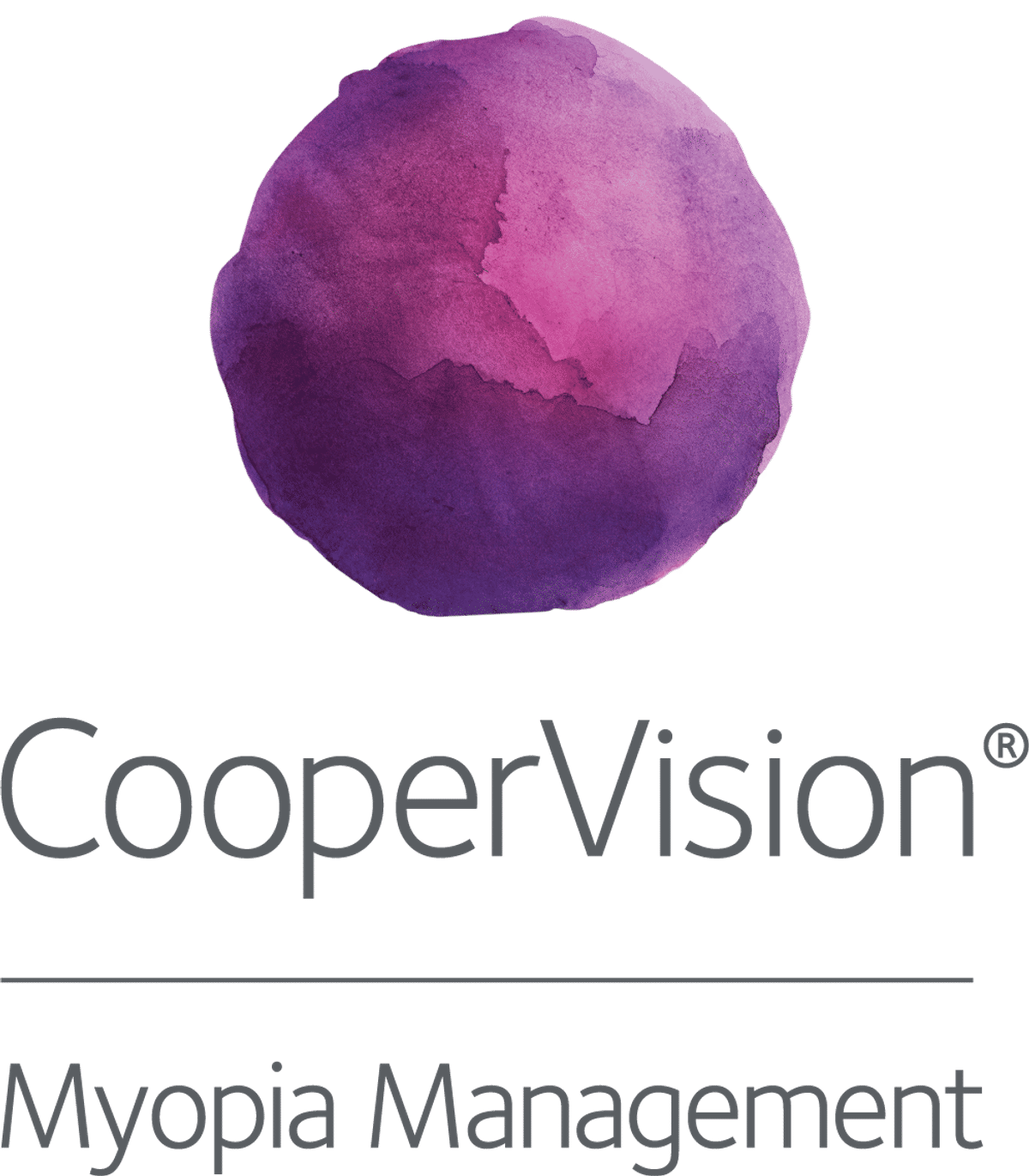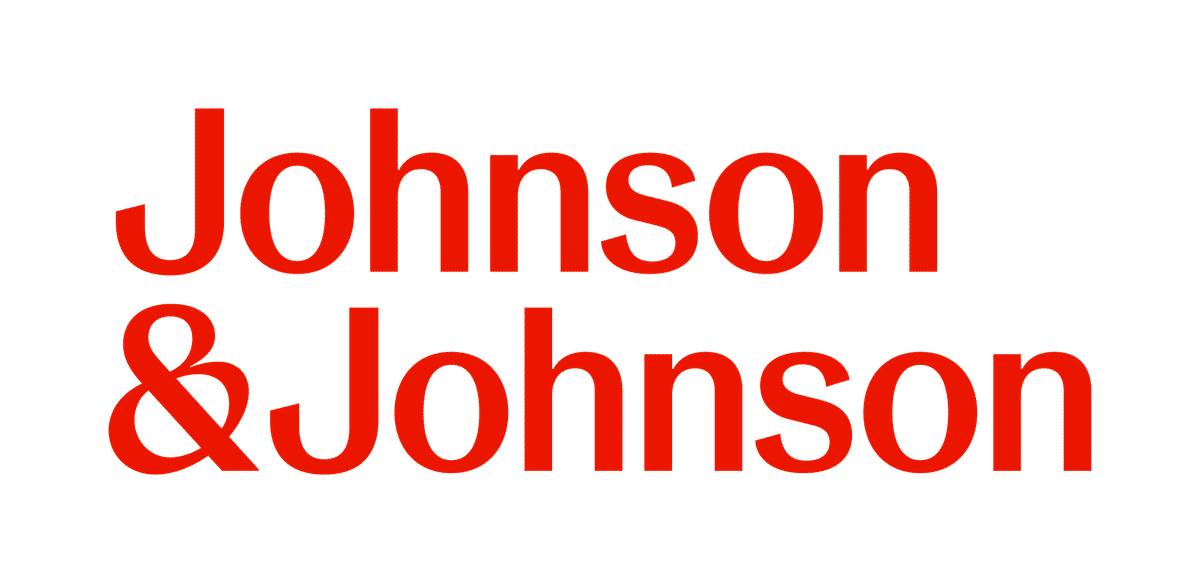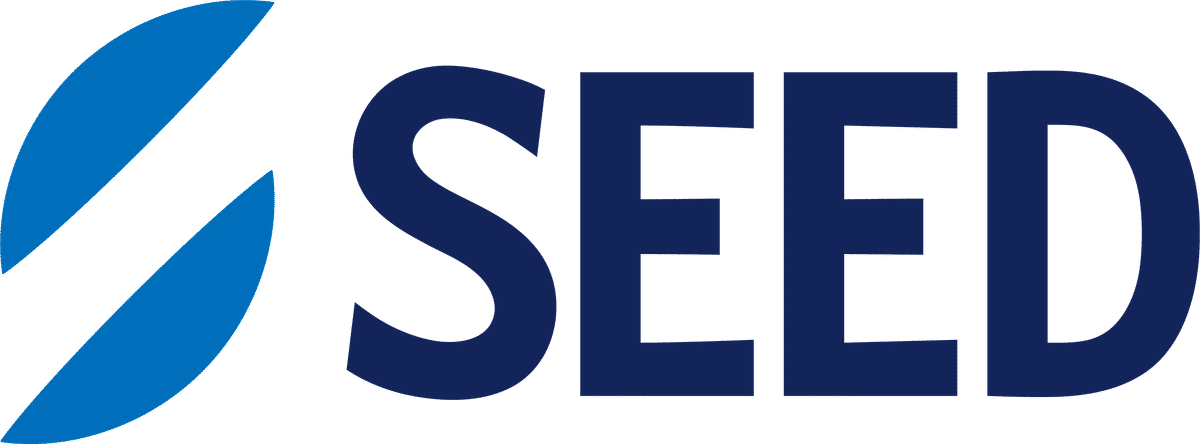Clinical
Spectacle lenses for myopia control Part 1: Progressives, bifocals and binocular vision

In this article:
How should we pick which spectacle lens type to prescribe, and what are the best options if you don't have myopia control spectacle lens designs available?
Originally posted August 12, 2019
Updated July 29, 2025
Progressives, bifocals, binocular vision and more
Are progressive addition lenses and bifocals created equal for myopia control? When do they work and when do spectacles have minimal efficacy? How should we pick which lens type to prescribe, and what's on the horizon for our non-contact lens wearing young myopes?
We know that single vision spectacle lenses provide no useful efficacy for myopia control, and in fact are used as control corrections in myopia control studies, demonstrating the 'untreated' progression of childhood myopia.1 Progressive addition (PAL) and bifocal spectacle lenses have shown reasonable research results for myopia control, and novel designs have been developed. It is important to be aware of the indications and evidence for spectacle lens myopia control, as this is likely the first correction we will prescribe - especially in younger children where the child (or perhaps more the parent!) is not ready for contact lenses. Spectacle lenses are also an important adjunct treatment in soft contact lens wearers - as a back up correction - and if atropine is being prescribed as a first line treatment. So let's get into the detail.
There is conjecture about PAL or bifocal spectacles having any useful effects for myopia control2,3 just the same as there is conjecture about peripheral refraction being a factor in myopia development and progression.4,5 For the individual patient, there could be one primary driver to myopia development and progression - genetics, environment, peripheral refraction, accommodation - or it could be a combination. This is what makes myopia such a fascinating area of research and clinical practice.
When it comes to spectacle lens options for myopia control, the new myopia control specific designs using lenslets or contrast appear to be more effective than progressive addition or bifocal spectacle lenses. These new lenses are not available in all countries, though. You will find information below pointing towards these new lenses, as well as providing options if you do not have these available in your practice.
Progressives or bifocals?
Progressive addition lens (PAL) studies for myopia control show negligible results when single adds are applied to all children, however when applied to children with esophoria and accommodative lag, the results become more impressive at 30-40% efficacy and start to approach that of contact lens studies.6,7
By comparison, a three year bifocal study found a 40-50% efficacy for a +1.50 Add E-seg bifocal with 3 base-in (BI) prism incorporated.8 Does this make the bifocal or the prism the magic sauce? Perhaps, or maybe it was more to do with the study design which firstly ensured that all participants were demonstrated myopia progressors in the year prior to study entry, and secondly by considering binocular vision. The use of the BI prism was designed to balance accommodation and vergence systems - not to reduce the response of either system. In a prior study, these authors had tested a combination of adds and BI prism, measuring accommodative lag and exophoric shifts. The +1.50 Add with 3 BI R&L ensured that there was no change to either lag or phoria once wearing the bifocal, indicating perhaps a different mechanism of action was at play (see more below!).9 The base-in prism ensured the exophoric children didn't get more exophoric with the add, but wouldn't have necessarily provided the orthoptic correction for esophoria which is typically desired in prescribing a near add.
So how well did the bifocal work? Cheng et al’s study investigated a standard bifocal with a +1.50 Add, and the same add with the 3BI prism in each eye. After three years of wear, they found a moderate myopia control effect – around 35% for axial length and 50% for refractive change – in children who were orthophoric and exophoric in their baseline single vision correction. They found a minimal effect in the baseline esophoric children, but they were a small group so there was less statistical power.8 When analysed by accommodative lag, the two year results showed the similar effect of both bifocal types in children with high accommodative lag (over 1D), but a better result with the prismatic bifocals in children with low accommodative lag.10
Which to pick in practice?
If you measure esophoria and accommodative lag in single vision correction, a progressive addition lens or bifocal spectacle lens is an evidence based choice for providing a near add and managing binocular vision with the vision correction. In this case, better myopia control results are likely from also including atropine 0.025% or 0.05%, as the primary myopia control treatment.
If you measure orthophoria, exophoria or normal accommodation (lag <1D) in single vision correction, and you do not have myopia control spectacle lens designs available, a bifocal or prismatic bifocal is the better choice than a progressive addition lens. (Note that the new myopia control spectacle lens designs will not influence binocular vision function AND provide strong efficacy to slow myopia progression.) A child with low accommodative lag (<1D) may respond better to the bifocal lens with prism to minimise the influence of the add on binocular vision function. Keep in mind, though, that if an add makes an exophoric child break down into intermittent exotropia, this condition has been associated with myopia progression.11
If not BV, how do they work?
The concept of simultaneous defocus is employed in theories of myopia development and progression. Instead of thinking of peripheral refraction, think of how a distance-centred multifocal will cast zones of clear retinal focus (the distance portion/s) and also zones of myopic defocus (the ‘add’ portion/s) across the retina. In animal studies, creating these conflicted zones of retinal defocus appears to influence the retina to pay attention to the more myopic plane, essentially halting eye growth, rather than the eye averaging the two planes.4 In PAL or bifocal spectacle lenses, the large zone of ‘add’ in the inferior lens creates a relative peripheral myopic shift on the superior retina. One study has found a relationship between the amount of relative peripheral myopia created by the inferior add zone and the myopia control effect of PALs.12
Even though the numbers of esophores were small in the bifocal study, the fact that they didn’t work well for the esophores in a study design where the bifocal add was counteracted with BI prism - to intentionally have a minimal influence on BV – indicates to me that binocular vision does play a role for some children, and contact lens research is confirming this.13,14
Note that research appears to show progressive addition lenses and bifocal spectacles as being less effective for myopia control compared to myopia control specific designs with lenslets or contrast treatment. These new designs DO NOT provide a near add, though, so if you want to prescribe a progressive addition or bifocal spectacle lens because your patient needs a near add, atropine may be the better choice as a first-line, effective myopia control treatment.
Which add to use?
If you want to apply a single add, then most PAL studies have used a +1.50 or +2.00 Add, and the bifocal study I've described used a +1.50 Add. In practice, though, I prescribe an add based on their presentation. In children with esophoria and/or accommodative lag, for example, we need to manage their binocular vision as well as think about the best myopia management strategy. Individualising the add is important for optometric management and visual comfort, and could be responsible for the difference between what's measured in research and what we observe in practice.
You can read more about binocular vision assessment in our specific articles on measuring near lag of accommodation and assessing near phoria; and get help with prescribing adds (including flow charts) based on near esophoria and accommodative lag.
What about the new myopia control spectacle lenses?
The newest myopia controlling spectacle lenses as well as the most effective contact lens options. They include the Defocus Incorporated Multiple Segments (DIMS) lens by Hoya, the Highly Aspherical Lenslet Target (H.A.L.T.) lens by Essilor, Diffusion Optics Technology (DOT) lens by SightGlass Vision and Cylindrical Annular Refractive Elements (CARE) by Zeiss. These new lenses do not control myopia by way of an add: rather, they incorporate a treatment zone of lenslets, constrast diffusers or cylindrical refractive elements in order to cause a differential focus across the retina.15-17 In the absence of binocular vision conditions that require treatment with an add, these lens options should be your first choice for the dual benefit of myopia correction and control.
Read more about these designs in The next generation - DIMS, H.A.L.T., DOT and CARE spectacle lenses for myopia control.
Read more on spectacle lenses for myopia control
Meet the Authors:
About Kate Gifford
Dr Kate Gifford is an internationally renowned clinician-scientist optometrist and peer educator, and a Visiting Research Fellow at Queensland University of Technology, Brisbane, Australia. She holds a PhD in contact lens optics in myopia, four professional fellowships, over 100 peer reviewed and professional publications, and has presented more than 200 conference lectures. Kate is the Chair of the Clinical Management Guidelines Committee of the International Myopia Institute. In 2016 Kate co-founded Myopia Profile with Dr Paul Gifford; the world-leading educational platform on childhood myopia management. After 13 years of clinical practice ownership, Kate now works full time on Myopia Profile.
References
- Donovan L, Sankaridurg P, Ho A, Naduvilath T, Smith ELI, Holden BA. Myopia progression rates in urban children wearing single-vision spectacles. Optom Vis Sci. 2012;89:27-32. (link)
- Cheng D, Woo GC, Schmid KL. Bifocal lens control of myopic progression in children. Clin Exp Optom. 2011;94(1):24-32. (link)
- Berntsen DA, Sinnott LT, Mutti DO, Zadnik K. A randomized trial using progressive addition lenses to evaluate theories of myopia progression in children with a high lag of accommodation. Invest Ophthalmol Vis Sci. 2012;53(2):640-649. (link)
- Smith ELI. Prentice Award Lecture 2010: A Case for Peripheral Optical Treatment Strategies for Myopia. Optom Vis Sci. 2011;88:1029-1044. (link)
- Atchison DA, Li SM, Li H, Li SY, Liu LR, Kang MT, Meng B, Sun YY, Zhan SY, Mitchell P, Wang N. Relative Peripheral Hyperopia Does Not Predict Development and Progression of Myopia in Children. Invest Ophthalmol Vis Sci. 2015;56(10):6162-6170. (link)
- Gwiazda J, Hyman L, Hussein M, Everett D, Norton TT, Kurtz D, Leske MC, Manny R, Marsh-Tootle W, Scheiman M. A randomized clinical trial of progressive addition lenses versus single vision lenses on the progression of myopia in children. Invest Ophthalmol Vis Sci. 2003;44:1492-1500. (link)
- Yang Z, Lan W, Ge J, Liu W, Chen X, Chen L, Yu M. The effectiveness of progressive addition lenses on the progression of myopia in Chinese children. Ophthal Physiol Opt. 2009;29:41-48. (link)
- Cheng D, Woo GC, Drobe B, Schmid KL. Effect of bifocal and prismatic bifocal spectacles on myopia progression in children: three-year results of a randomized clinical trial. JAMA Ophthalmol. 2014;132(3):258-264. (link)
- Cheng D, Schmid KL, Woo GC. The effect of positive-lens addition and base-in prism on accommodation accuracy and near horizontal phoria in Chinese myopic children. Ophthalmic Physiol Opt. 2008;28(3):225-237. (link)
- Cheng D, Schmid KL, Woo GC, Drobe B. Randomized Trial of Effect of Bifocal and Prismatic Bifocal Spectacles on Myopic Progression: Two-Year Results. Arch Ophthalmol. 2010;128:12-19. (link)
- Ekdawi NS, Nusz KJ, Diehl NN, Mohney BG. The development of myopia among children with intermittent exotropia. Am J Ophthalmol. 2010;149(3):503-507. (link)
- Berntsen DA, Barr CD, Mutti DO, Zadnik K. Peripheral defocus and myopia progression in myopic children randomly assigned to wear single vision and progressive addition lenses. Invest Ophthalmol Vis Sci. 2013;54(8):5761-5770. (link)
- Cheng X, Xu J, Brennan NA. Accommodation and its role in myopia progression and control with soft contact lenses. Ophthalmic Physiol Opt. 2019;39(3):162-171. (link)
- Aller TA, Liu M, Wildsoet CF. Myopia Control with Bifocal Contact Lenses: A Randomized Clinical Trial. Optom Vis Sci. 2016;93:344-352. (link)
- Lam CSY, Tang WC, Tse DY, Lee RPK, Chun RKM, Hasegawa K, Qi H, Hatanaka T, To CH. Defocus Incorporated Multiple Segments (DIMS) spectacle lenses slow myopia progression: a 2-year randomised clinical trial. Br J Ophthalmol. 2019.(link)
- Bao J, Yang A, Huang Y, Li X, Pan Y, Ding C, Lim EW, Zheng J, Spiegel DP, Drobe B, Lu F, Chen H. One-year myopia control efficacy of spectacle lenses with aspherical lenslets. Br J Ophthalmol. 2021:318367. (link)
- Rappon J, Chung C, Young G, Hunt C, Neitz J, Neitz M, Chalberg T. Control of myopia using diffusion optics spectacle lenses: 12-month results of a randomised controlled, efficacy and safety study (CYPRESS). Br J Ophthalmol. 2022 Sep 1:bjophthalmol-2021-321005.(link)
Enormous thanks to our visionary sponsors
Myopia Profile’s growth into a world leading platform has been made possible through the support of our visionary sponsors, who share our mission to improve children’s vision care worldwide. Click on their logos to learn about how these companies are innovating and developing resources with us to support you in managing your patients with myopia.












